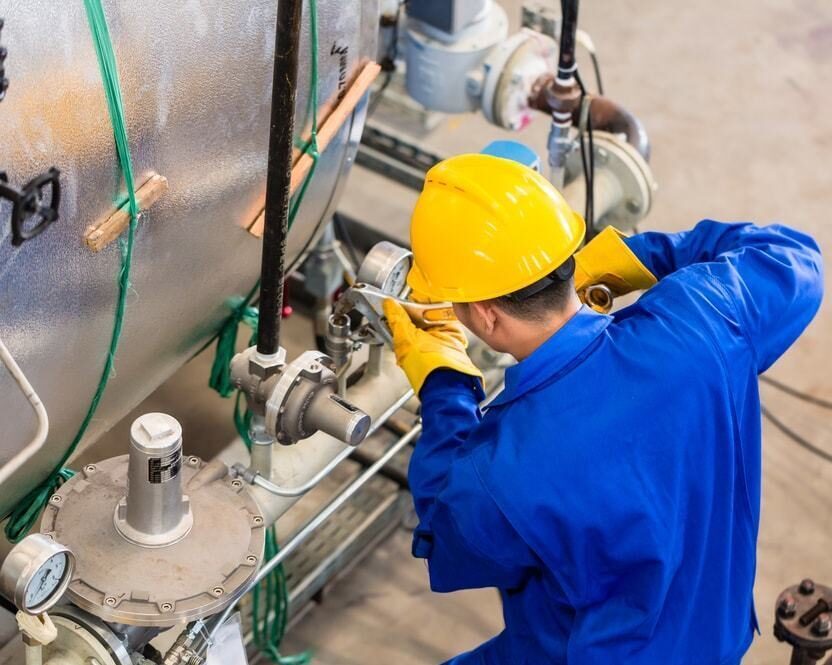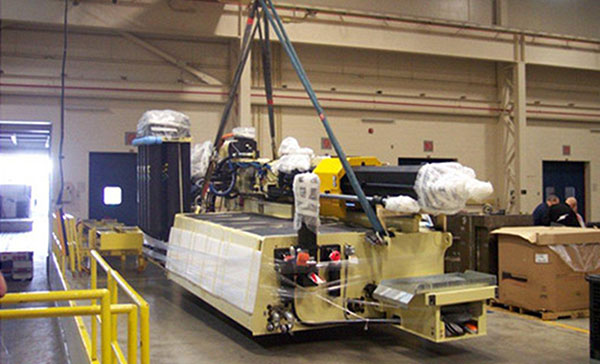How Many Millwrights Does Your Factory Need? A Balanced Equation
Factories are like giant puzzles, where each piece has to fit perfectly for the entire system to function. Among these crucial pieces are millwrights, the skilled experts who ensure machines run smoothly, install new ones, and jump to the rescue when there’s a hiccup. But how many millwrights does a factory truly need? Let’s delve into this intricate balance.
1. Size Matters: How Big is Your Factory?
The number of millwrights you’ll need heavily depends on the size of your facility.
-
Small factories might get by with just one or two millwrights, especially if the machinery involved is relatively simple.
-
Medium to large-scale factories typically need a team, given the volume and complexity of the machinery.
2. Complexity of Your Machinery
The more complicated and specialized your machines, the more hands you’ll need on deck. If your factory houses state-of-the-art equipment or machinery that requires constant tuning and calibration, you’ll need a larger team of millwrights who understand these intricacies.
3. Shift Patterns and Operation Hours
Factories operating around the clock, 24/7, will need more millwrights than those operating on a single shift. You’ll need to ensure that there’s always a skilled technician available in case of emergencies or breakdowns.
4. Predictive vs. Reactive Maintenance
-
If your factory leans towards predictive maintenance, where you regularly schedule checks and fixes to prevent issues, you can likely work with a steady, consistent number of millwrights.
-
However, if your strategy is more reactive, waiting for problems to arise before fixing them, you might need a larger team on standby, ready to jump into action when needed.
5. In-house vs. Contracted Millwrights
Some factories opt for a mix. They maintain a core in-house team of millwrights for day-to-day operations and have a contract with external teams for specific projects, large installations, or periodic maintenance.
6. Staff Training and Specializations
If your team is highly trained and specializes in various aspects of machinery maintenance, you might require fewer millwrights, as each one can handle a broad range of tasks. On the flip side, if each millwright is specialized in one particular area, you’ll need a more diversified team.
7. Past Data and Analysis
One of the best indicators for staffing is past data. Analyze the number of breakdowns, maintenance hours, and machine downtimes from the past. If machines are frequently breaking down and there’s a backlog of work, it might be time to add more millwrights to the team.
In Conclusion
The “perfect” number of millwrights for a factory isn’t a one-size-fits-all answer. It’s a dynamic equation, considering the factory’s size, machinery complexity, operational hours, maintenance approach, and more. By evaluating each of these factors and being adaptable, you can find the sweet spot that ensures your factory runs like a well-oiled machine – all puns intended!


